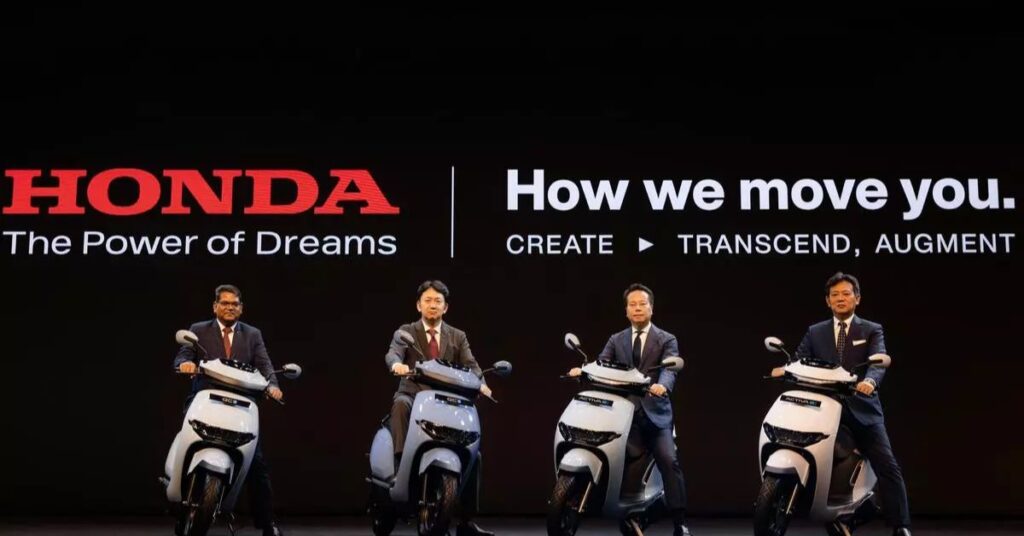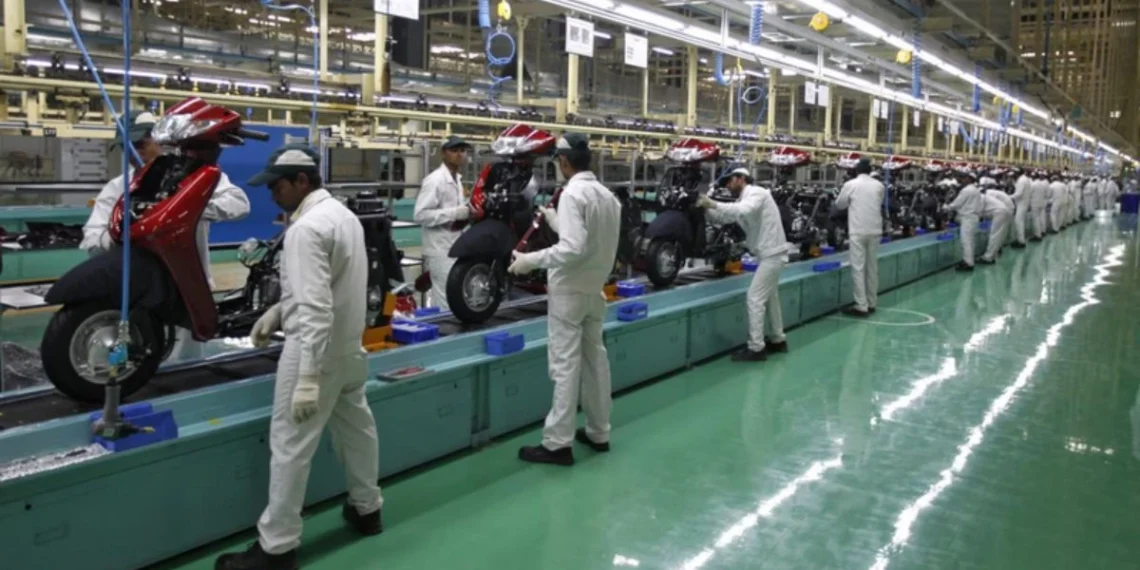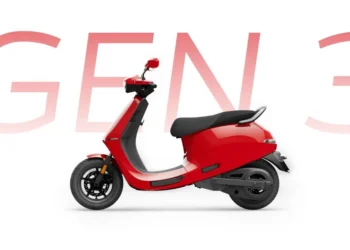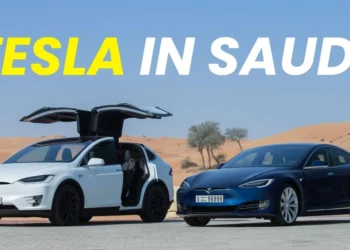Honda Motor Company is making a major move into the electric vehicle (EV) market with plans to establish a dedicated Honda electric 2-wheeler plant in India by 2028. Despite being a late entrant to the EV race, the company has ambitious goals to become the leader in the electric motorcycle segment. This shift towards electrification highlights Honda’s commitment to meeting the growing demand for eco-friendly transportation solutions and its broader goals in India’s rapidly expanding electric vehicle market.
Table of Contents
Why did Honda Set Up Electric 2-Wheeler Plant in India?

With its vast population and increasing focus on sustainable transportation, India presents a huge market opportunity for electric vehicles. The Honda electric 2-wheeler plant in India is set to be established in Karnataka, complementing Honda’s existing two-wheeler factory in Narasapura, Bengaluru. This location was chosen due to its existing infrastructure and the growing demand for electric motorcycles in India.
Daiki Mihara, Head of Honda’s Motorcycle and Power Products Electrification Business Unit, mentioned, “We will start with a commuter bike with a 4 kWh battery comparable to 100 cc bikes. Exporting them is also an option. We can produce electric bikes similar to midsize bikes there.” This strategic move positions Honda to serve both the domestic and emerging markets globally that are eager for affordable electric vehicles.
The Vision Behind Honda’s Electric 2-Wheeler Plant in India
Honda is setting its sights high for the electric two-wheeler market. The company plans to produce a variety of electric models at the Honda electric 2-wheeler plant in India, focusing on both commuter bikes and higher-performance models. These bikes will feature a combination of swappable and fixed batteries to cater to diverse customer preferences and needs.
Honda aims to offer electric motorcycles at a price point where the total cost of ownership (TCO) over three years will be on par with traditional internal combustion engine (ICE) motorcycles. This is crucial to make electric motorcycles accessible and attractive to the everyday consumer.
In 2024, Honda unveiled two electric motorcycles specifically designed for the Indian market: the Activa e:, powered by swappable Honda Mobile Power Pack e: batteries, and the QC1, featuring a fixed battery. By 2030, Honda plans to introduce 30 electric models globally and aims to increase its annual electric motorcycle sales to 4 million units.
“Moving forward, we will continue to leverage the strengths cultivated through ICE technology to introduce new EVs, including models with fixed batteries. In India’s largest market, we aim to achieve the number one position in the electric segment by implementing various initiatives,” said Mihara.
Key Highlights of Honda’s Electric Motorcycle Plan
- Location: The Honda electric 2-wheeler plant in India will likely be located in Karnataka.
- Production Focus: The factory will produce electric commuter bikes and mid-size electric motorcycles.
- Battery Solutions: Honda will work with battery manufacturers to develop specifications tailored for motorcycles and ensure a stable supply of batteries.
- Cost-Effective: Honda is aiming to achieve a total cost of ownership comparable to ICE motorcycles over three years.
- Charging Infrastructure: Honda will expand its charging network across India to support electric motorcycles.
- Sustainability: The company is working on secondary uses for its batteries, contributing to a circular economy.
- Export Potential: While focusing on the domestic Indian market, the plant could serve as an export hub for other emerging markets.
Swappable and Fixed Battery Solutions
One of the most interesting aspects of Honda’s electric strategy is its focus on battery technology. The company will use both swappable and fixed batteries in its electric motorcycles. The Honda Mobile Power Pack e: is a portable, detachable battery that will be available at designated battery swapping stations. Honda will launch this battery-sharing service in major Indian cities like Bengaluru, Delhi, and Mumbai, allowing users to swap batteries easily, eliminating concerns about long charging times.
The company will also work on building an extensive charging infrastructure with fixed battery solutions, ensuring that customers have access to convenient charging options.
Honda’s Environmental Commitment: Circular Economy
Honda’s push for electric vehicles goes hand in hand with its environmental goals. Mihara emphasized, “We are promoting the secondary use of batteries to achieve carbon neutrality.” The company is also collaborating with OMC Power in India to repurpose used batteries as power supply devices for regions with unstable electricity grids, further contributing to sustainability efforts.
Honda’s Vision for the Future of Electric Mobility

Honda’s vision for electric motorcycles doesn’t just stop at commuter bikes. The company is working on a dedicated electric motorcycle brand, which will include more “fun EV” models, such as the EV Fun Concept, Honda’s first electric sports motorcycle. This development reflects Honda’s broader strategy to cater to various consumer needs, from everyday commuting to high-performance, fun electric vehicles.
Honda’s leadership in the global motorcycle market is a significant advantage in its EV journey. With plans to capture a nearly 50% market share, including electric vehicles, Honda is positioning itself as a formidable player in the electric two-wheeler market.
Honda’s Global Plans for Electric Motorcycles
- 30 Electric Models by 2030: Honda plans to release 30 electric motorcycle models globally by 2030.
- 4 Million Units: The company aims to increase annual global electric motorcycle sales to 4 million units by 2030.
- Electric Globalization: Honda has positioned 2024 as the first year of electric globalization, marking its serious entry into the electric market worldwide.
“We will continue to leverage the strengths cultivated through ICE technology to introduce new EVs, including models with fixed batteries. In India’s largest market, we aim to achieve the number one position in the electric segment by implementing various initiatives,” said Mihara.
The Importance of After-Sales and Charging Infrastructure
A crucial aspect of Honda’s electric vehicle strategy is its after-sales service. With an existing network of over 6,000 dealerships across India, Honda plans to strengthen its service offerings for electric motorcycles. This will include maintenance and support for both battery-powered and swappable battery systems.
Honda also aims to expand its charging infrastructure across India, addressing any concerns about battery life and ensuring that riders have easy access to charging stations.
Conclusion
Honda’s plan to establish a dedicated electric 2-wheeler plant in India by 2028 is a significant step toward achieving its global electric motorcycle ambitions. With a focus on affordability, innovation, and sustainability, Honda aims to lead the way in the electric motorcycle market, not only in India but across the world.
By introducing new models and creating the infrastructure to support them, Honda is well-positioned to make a major impact in the electric vehicle industry.
Read more: EHang Electric Air Taxi: Launch of the World’s First Autonomous Flying Car
FAQs
When will the Honda electric 2-wheeler plant in India be established?
Honda plans to begin operations at its dedicated electric 2-wheeler plant in India by 2028.
Where will the Honda electric 2-wheeler plant be located?
The plant will likely be built in Karnataka, where Honda’s existing two-wheeler factory is located.
What types of motorcycles will be produced at the Honda electric 2-wheeler plant?
The plant will produce a variety of electric models, including commuter bikes and mid-size electric motorcycles, featuring both swappable and fixed battery systems.
How will Honda address concerns about battery charging and swapping?
Honda will launch a battery-swapping service in major cities like Bengaluru, Delhi, and Mumbai, alongside efforts to expand charging infrastructure across India.
What is Honda’s long-term goal in the electric motorcycle market?
Honda aims to become the number one electric motorcycle maker in India and to achieve a global market share of nearly 50% in the electric two-wheeler market by 2030.
How many electric models does Honda plan to introduce globally by 2030?
Honda plans to introduce 30 electric motorcycle models globally by 2030.
What are Honda’s environmental sustainability efforts in India?
Honda is working on the secondary use of batteries and collaborating with OMC Power to repurpose used batteries as power supply devices for regions with unstable electricity.







